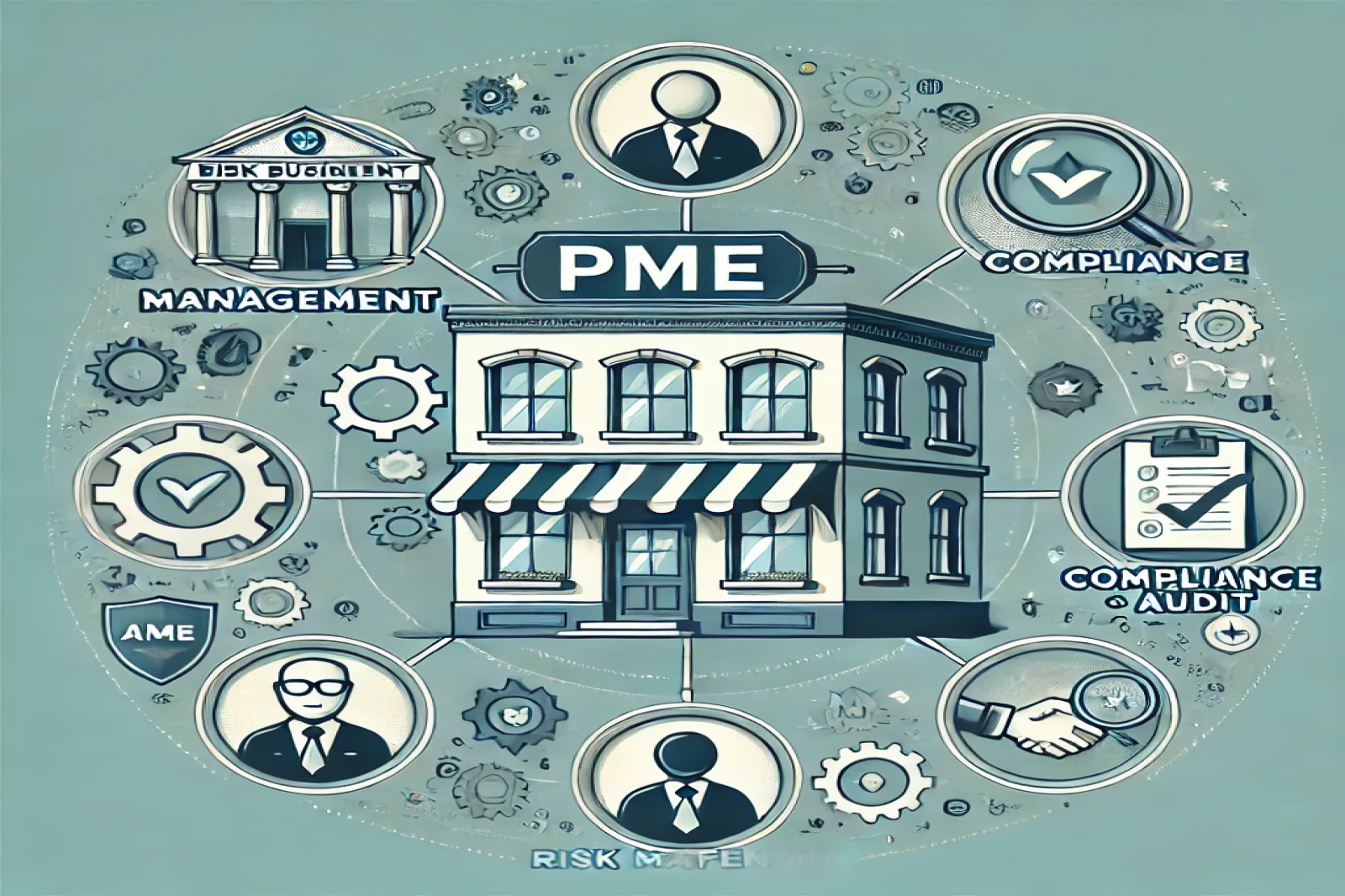Operational Risk Management in Morocco: How M3T Consulting Adds Value
Introduction:
In today's dynamic and interconnected business landscape, operational risk management has become a crucial aspect for organizations across various industries. Morocco, with its thriving economy and growing business ecosystem, is no exception. Effective operational risk management enables businesses to identify potential risks, minimize their impact, and enhance overall performance. This blog will explore the significance of operational risk management in Morocco and how M3T Consulting, a leading consultancy firm, can help businesses navigate these challenges and add value.
Understanding Operational Risk Management:
Operational risk refers to the potential losses arising from inadequate or failed internal processes, systems, or human factors. These risks can include fraud, system failures, regulatory compliance breaches, supply chain disruptions, and more. Operational risk management involves identifying, assessing, and mitigating these risks to protect an organization's reputation, financial stability, and long-term success.
The Importance of Operational Risk Management in Morocco:
As Morocco continues to attract both local and international investment, businesses face an array of operational risks. The country's unique socio-political landscape, economic fluctuations, evolving regulatory environment, and technological advancements all contribute to the complexity of managing operational risks. Moreover, with increasing customer expectations, businesses need to ensure uninterrupted service delivery, efficient operations, and safeguard against potential disruptions.
How M3T Consulting Adds Value:
M3T Consulting is a trusted partner for organizations in Morocco, providing expert guidance and support in operational risk management. Here's how M3T Consulting can add value:
1. Risk Assessment and Identification:
M3T Consulting employs a comprehensive approach to assess and identify operational risks tailored to each client's specific industry and organizational context. Their experienced consultants conduct thorough risk assessments, utilizing industry best practices, to identify potential vulnerabilities and areas of improvement.
2. Mitigation Strategies and Controls:
After identifying operational risks, M3T Consulting works closely with businesses to develop robust mitigation strategies and implement effective controls. They assist in designing and implementing risk management frameworks, policies, and procedures to address identified risks, ensuring proactive risk management becomes an integral part of the organization's culture.
3. Training and Awareness Programs:
M3T Consulting understands that effective risk management requires a well-informed and educated workforce. They offer specialized training programs, workshops, and awareness campaigns to equip employees with the necessary knowledge and skills to identify, assess, and manage operational risks. By fostering risk-awareness within the organization, businesses can enhance their risk mitigation efforts.
4. Regulatory Compliance Support:
Keeping up with the evolving regulatory landscape can be challenging for businesses in Morocco. M3T Consulting provides expert guidance on compliance requirements, helping organizations navigate complex regulatory frameworks and ensuring they adhere to industry-specific regulations. By doing so, businesses can minimize regulatory risks and maintain their reputation and credibility.
5. Continuous Monitoring and Improvement:
Operational risk management is an ongoing process. M3T Consulting emphasizes the importance of continuous monitoring, evaluation, and improvement. They provide businesses with tools, technologies, and metrics to track and measure risk exposure, enabling proactive decision-making and mitigating potential risks before they escalate.
Conclusion:
In today's business environment, operational risk management is no longer an option but a necessity. Organizations in Morocco must proactively identify, assess, and mitigate operational risks to ensure long-term success. M3T Consulting's expertise, experience, and comprehensive approach to operational risk management can add significant value to businesses across various sectors. By partnering with M3T Consulting, organizations can strengthen their risk management capabilities, enhance operational resilience, and achieve sustainable growth in the dynamic Moroccan market.






POST COMMENT
COMMENTS(0)
No Comment yet. Be the first :)